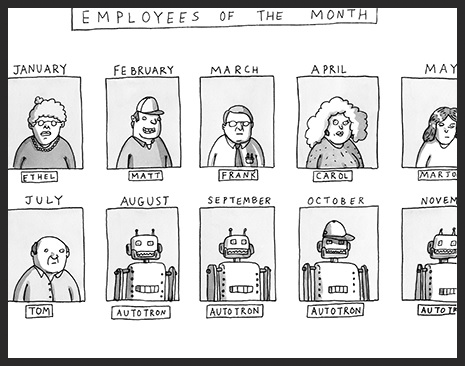Groundwater Elevation and Contaminant Levels, Cause & Effect?
Groundwater Elevation and Contaminant
Levels, cause and effect?
Over the years I've
heard a lot of explanations regarding groundwater elevations and subsequent
increases and/or decreases in contaminant levels and the presence and
disappearance of free product. I've heard people argue that increasing water
levels increases contamination, and I've also heard the opposite. The question
or debate is does groundwater elevation influence contaminant levels?
Furthermore, does groundwater elevation influence the presence or absence of
free product?
I've been doing this
kind of work for about 31 years now, and I've learned enough to know that it
all depends on the specific site and even the specific well. These are a
question of correlation or causation.
Webster's Dictionary
defines correlation as: "a relation existing between phenomena or things
or between mathematical or statistical variables which tend to vary, be
associated, or occur together in a way not expected on the basis of chance
alone." Webster's defines causation as: "the relationship between an
event or situation and a probable reason or cause."
 |
| GRAPH A |
With regards to
groundwater elevation and contamination, in Graph A you can see that
groundwater contamination seems to go up and down in concert with the
groundwater elevation. This is a strong correlation which implies causation.
However, in Graph B, the correlation appears to be the exact opposite.
Contaminant levels seem to go down with increasing groundwater elevations. The
two causation conclusions implied by the graphs seem to conflict with each
other. One of the interesting things about the data from these two wells is
that they are taken from the same real site across the same date range.
 |
| GRAPH B |
The explanation for the
differing correlations is that one well is the former tank and dispenser area (source
area) and the higher groundwater elevations expose the groundwater to remaining
residual source material in the soils and capillary fringe. This exposure thus
causes increased contaminant leaching and migration to the groundwater. The
down gradient well is subject to the dilution effects of the increase in clean
water (rain water typically) entering the aquifer at that well location.
Determining
correlation, in most cases, is simple. We tend to use graphs to visually
plot and identify correlations. In the example to the right, you can see a
strong correlation between the two variables; however, the graph implies a
causation, which is ridiculous. Organic food doesn't cause autism. It was Mark
Twain who said, "There are lies, damned lies and statistics."
Determining causation requires a bit more thought and reason and can be tricky
to plot on a graph.
The point of this
article is not to argue the groundwater elevation effects or whether there is
any other explanation as to the cause, but instead to illustrate that simply
visualizing the data correlations is important in evaluating and eventually
determining causation. In this example case, seeing the correlation of the
source well increase as compared to the down gradient well decrease, made
it obvious that source soil material existed. It was determined that the
presence of existing source soils needed to be investigated and removed, which
it was.
In the case of the free
product, being able to see the interaction of groundwater elevations and
presence of absence of free product is also important. One often overlooked but
equally important feature is the intersection of the groundwater
interface within the
well's screened interval. If the screen is submerged completely beneath
the groundwater interface, free product cannot flow into the well, giving the oblivious
Project Manager the impression that free product is not present at this well location.
 |
| GRAPH C |
In the Graph C, the
black line represents the top of the well screened interval, the orange line
represents the bottom of the well screen and the blue line represents the
groundwater elevation. The only opportunity for product to flow into this well
is on 11-21-2008, when water elevation was beneath the top of the screened
interval. If this well had free product, you would see a red line on top of the
blue water table elevation line. These types of graphs are quick and effective
at illustrating information like this.
If you have high
contaminant concentrations in groundwater, you may have free product in
your source soils, but if your screens are too deep, then you will not see that
free product and may conclude you don't have any. I've seen this mistake many,
many times. These types of visual graphs quickly and effectively illustrate
whether your screen placement prevents the identification of free product. The
correlation of groundwater elevation, up or down, and the presence of free
product can be quickly identified with good visuals.
Good and quick info-graphics
allow a project manager to not only determine correlations and thereby conclude
causation; it also allows a good Project Manager to convey that information and
conclusions in a simple fashion to a client or regulator.
All these graphics can
be generated using existing site data in about 3-5 seconds using SampleServe's groundwater project management application.
Using traditional methods such as Excel would take several hours and will
likely be less informative.
To learn more about our
groundwater project management application and how you can use it for your own
projects go to SampleServe.com.
Russell Schindler
231-218-7955
schindler@sampleserve.com



Comments
Post a Comment